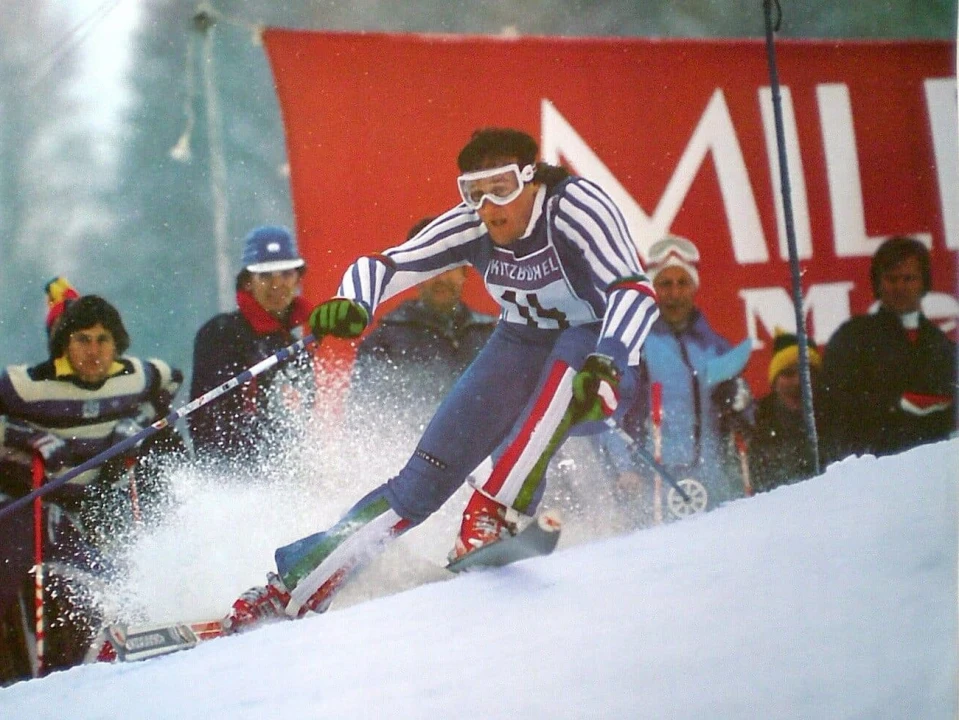There are sporting feats that become legendary because they are truly extraordinary and unrepeatable. These are not always stories related to exhilarating victories by a great champion or, for example, an underdog athlete or team before a major final that then manages to win an unexpected victory.
There are indeed many sporting feats that remain forever in history, but some become immortal in the collective memory of an entire people. Fifty years ago, exactly on January 7, 1974, five Italian skiers wrote one of the most legendary stories of Italian sports.
It was a Monday and on the ski slope called Jenner, which is located on a mountain above the village of Berchtesgaden, in Germany but close to the Austrian border, the World Cup giant slalom event was scheduled. The race course was particularly narrow and so cameras were not set up to film the event for television broadcast. But no one ever imagined that something unique in the history of alpine skiing would happen at the end of the race.
On that slope, the strong Austrian skiers were the favorites because they knew it well and because of the large number of supporters cheering them on every run. Also in the race that January 7, 1974, were five Italians ready to ski down almost a mile avoiding the 43 gates of the course.
After the first heat, it began to dawn on them that something extraordinary might happen, because three Italians were in the top three positions in the standings. First place for Pierino Gros, second for Gustavo Thoeni, and third for Helmuth Schmalzl. The other two Italian skiers, however, are ranked lower: in tenth place Erwin Stricker, in thirteenth place Tino Pietrogiovanna.
Everything is ready for the second and decisive run, and the five Italians are under pressure because skiing is a sport where anything can happen, so no one is certain to have victory in hand before tackling the downhill. But on those German mountains, fate was on their side, and that day they would make history in that sport with a unique feat.
At the end of the run, came first Gros, second Stricker, third Pietrogiovanna, fourth Thoeni and eighth Schmalzl. Thanks to this result, the final ranking was incredible, with the five Italians in the top five places: winner Gros, second Thoeni, third Stricker, fourth Schmalz and fifth Pietrogiovanna!
That day, the legend of the "Valanga Azzurra" (the blue avalanche) was born, the strongest ski team in history because no nation had ever managed to place five skiers in the top five places in a World Cup event. The feat was celebrated in Italy by newspapers, radio and television stations for a long time, so much so that even today the word "Valanga Azzurra" is used when more than one skier makes the podium in the same international race. And in those years, all over Italy ordinary people began to dream of becoming ski champions, and in children's rooms a picture of the five skiers posing after the race is hung on the walls, a picture that went around the world that day.
Among those kids, there was also one from Bologna who ten years after that extraordinary event began to shake the ski world and became Italy's most beloved and famous sportsman for two decades. He was Alberto Tomba, nicknamed "Tomba la bomba," a skier with a bodybuilder's physique who seemed to fall at every downhill run because he was so heavy and powerful that he defied gravity when he faced the gates. Tomba, from 1986 to 1998, won 50 World Cup events, making him the most successful skier after Ingemar Stenmark, Marcel Hirscher, and Hermann Maier, three gold and two silver medals at the 1988 Calgary, 1992 Albertville, and 1994 Lillehammer Olympics, and two golds at the 1996 World Championships in Sierra Nevada.
Tomba made the whole of Italy fall in love with skiing, a sport that was still little practiced, and he became so famous that it was difficult for him to even go out on the street because he was mobbed by fans every time.
After him, only motorcyclist Valentino Rossi and, since last year, tennis player Jannik Sinner, have achieved such popularity in Italy that they have been compared to true sports legends. Legends, like the five skiers of the "Valanga Azzurra" who fifty years after accomplishing that unique feat in sports history, are still remembered and celebrated by Italians who can never forget that January 7, 1974.




